Having worked in the industrial laser equipment industry for over a decade, I’ve seen laser rust removal machines become a go-to solution for tackling corrosion across sectors like manufacturing, marine, and railway maintenance. These machines are celebrated for their precision and eco-friendly operation, but one question I often hear from clients is how well they handle thick rust layers—the kind of heavy, stubborn corrosion that builds up on neglected steel structures or machinery exposed to years of harsh conditions. As someone who’s tested, installed, and serviced these systems, I’ll dive into the effectiveness of laser rust removal for thick rust, exploring the technology, its strengths, limitations, and practical tips to get the best results.

Understanding Thick Rust Layers and the Challenge
Thick rust layers—typically 0.5 mm or more of iron oxide buildup—are a common headache in industries dealing with aging infrastructure or equipment. Unlike surface rust, which is thin and powdery, thick rust is dense, flaky, and often bonded tightly to the metal. It can compromise structural integrity, reduce equipment lifespan, and make maintenance a nightmare. Traditional methods like sandblasting, chemical stripping, or grinding are often used to tackle it, but they’re messy, time-consuming, and can damage the underlying material.
I recall a project with a shipyard where the maintenance team was grappling with centimeter-thick rust on a decades-old hull. They were skeptical about laser rust removal, having relied on blasting for years. After a demo with a 2000W laser cleaner, they were amazed at how it tackled the rust without generating waste or harming the steel. But the process wasn’t without challenges. Let’s break down how these machines perform against heavy corrosion and what you need to know.
How Laser Rust Removal Works on Thick Rust
Laser rust removal machines use high-powered lasers to vaporize rust, paint, or contaminants from metal surfaces. The laser beam heats the rust to its sublimation point, turning it into gas or fine particles that are easily removed. For thick rust layers, the process is more complex because:
Density and thickness require higher energy to penetrate.
Flaky or uneven rust can scatter the laser beam, reducing efficiency.
Underlying coatings (like paint or grease) may need to be addressed separately.
The effectiveness depends on the laser power, beam settings, and machine design. Here’s a look at how these factors play out:
1. Laser Power and Energy Density
Higher-powered lasers, like 1000W to 3000W models, are better suited for thick rust because they deliver more energy density to break down dense oxide layers. For example, a P-Laser QF-2000 can remove 1 mm of rust in a single pass on flat steel, while lower-powered units (e.g., 100W) may require multiple passes, slowing the process.
2. Pulse vs. Continuous Wave Lasers
Pulsed lasers are more effective for thick rust because they deliver short, intense bursts of energy that blast away rust without overheating the metal. Continuous wave (CW) lasers, while powerful, can cause thermal buildup, risking damage to delicate surfaces. I’ve seen pulsed laser systems, like the CleanTech LPC-2000, excel at removing heavy rust from steel beams without warping the material.
3. Beam Width and Scanning Patterns
Modern machines use galvanometer scanners to adjust the laser’s beam width and scanning pattern. For thick rust, wider beams (e.g., 10–50 mm) cover more area, while tight patterns ensure thorough removal. I’ve watched operators tweak these settings to balance speed and precision on rusted rail tracks.
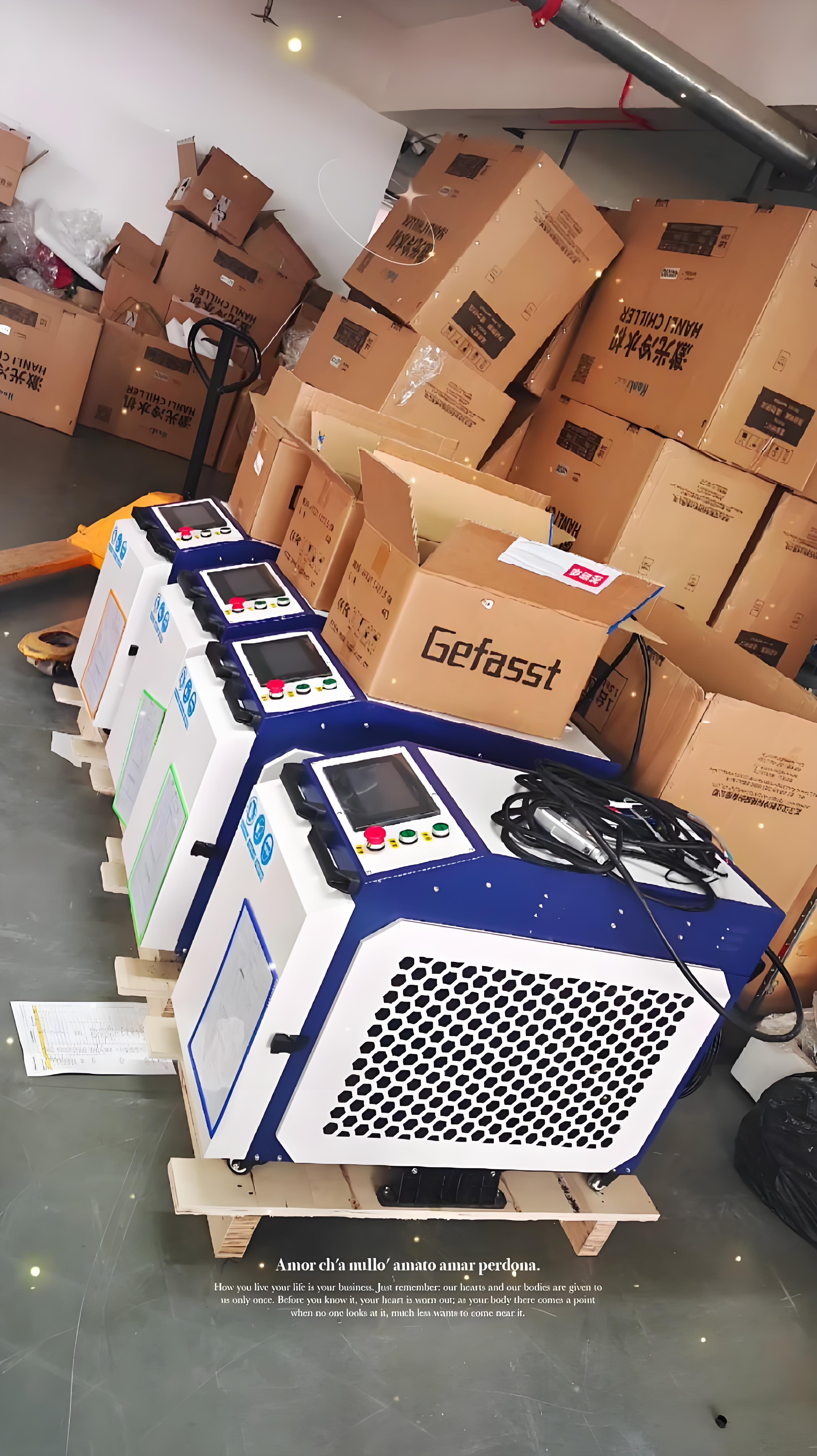
4. Surface Preparation
In some cases, pre-cleaning—like brushing off loose flakes or degreasing—improves results. A client in heavy machinery maintenance found that a quick wire brush pass before using a Laserax Shotblast doubled their cleaning speed on thickly rusted gears.
Effectiveness of Laser Rust Removal for Thick Rust Layers
Based on my experience, laser rust removal machines are highly effective for thick rust layers, but their performance varies by scenario. Here’s a detailed look at their strengths and limitations:
Strengths
Non-Abrasive Precision: Lasers remove rust without damaging the underlying metal, unlike sandblasting, which can erode surfaces. This is critical for safety-critical components like railcar axles or bridge girders.
Eco-Friendly Operation: Lasers produce minimal waste—just fine dust or gas—compared to the hazardous debris from blasting or chemicals. A marine client I worked with switched to lasers to meet strict environmental regulations.
Speed on Moderate Thickness: For rust layers up to 1–2 mm, high-power lasers can clean 1–2 square meters per hour, depending on the machine and settings. This is faster than manual grinding for large surfaces.
Versatility: Lasers handle varied rust types—flaky, pitted, or layered—on steel, iron, or aluminum, making them ideal for diverse applications like ship hulls or train chassis.
Automation Potential: Robotic or CNC-integrated lasers can process thick rust on large components, like rail tracks, with minimal human input, boosting efficiency.
Limitations
Slower on Extreme Thickness: For rust thicker than 2 mm, lasers may require multiple passes, slowing the process compared to blasting for very heavy corrosion. I’ve seen cases where 3 mm rust took twice as long to clean as 1 mm.
High Initial Cost: 1000W+ machines needed for thick rust cost $30,000–$100,000, a barrier for smaller operations. Leasing options can help, but it’s a significant upfront investment.
Surface Irregularities: Pitted or uneven surfaces can reduce laser efficiency, as the beam may miss recessed areas. 3D vision systems help, but they add cost and complexity.
Power Requirements: High-power lasers need 208–240V power, which may require infrastructure upgrades in remote sites. A rail maintenance crew I worked with needed a generator for field work.
Operator Skill: Achieving optimal results requires adjusting power settings, scan patterns, and focal length. Untrained operators may struggle with thick rust, leading to incomplete cleaning.
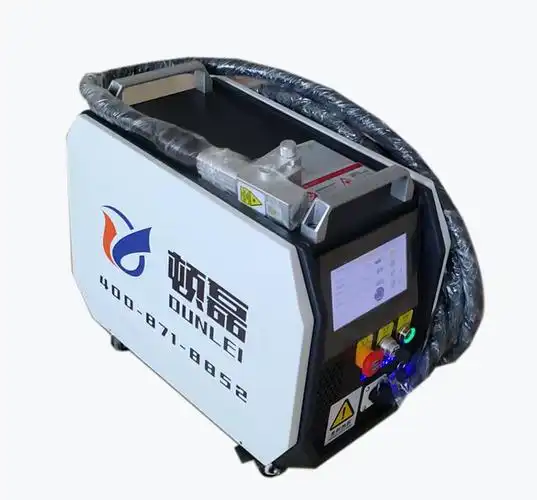
Comparison Table of Laser Rust Removal for Thick Rust
To help you evaluate the technology, here’s a table summarizing key considerations for thick rust removal:
|
Aspect |
Performance |
Benefits |
Challenges |
|---|---|---|---|
|
Speed |
1–2 m²/hour for 1–2 mm rust |
Faster than grinding for moderate rust |
Slower for >2 mm, multiple passes needed |
|
Precision |
Non-abrasive, preserves metal |
Ideal for delicate or critical parts |
May miss pitted areas without 3D vision |
|
Cost |
$30,000–$100,000 for high-power units |
Long-term savings on waste, labor |
High upfront investment |
|
Environmental Impact |
Minimal waste, no chemicals |
Eco-friendly, regulatory compliance |
Requires dust collection for heavy rust |
This table gives a snapshot, but let’s explore how these factors play out in real-world applications.
Real-World Applications and Results
I’ve seen laser rust removal machines tackle thick rust layers in various industries, with impressive results when used correctly. Here are two examples:
Shipyard Hull Maintenance: A coastal shipyard used a P-Laser QF-2000 to remove 2 mm rust layers from a cargo ship’s hull. The pulsed laser cleaned large sections in a single pass, with no damage to the steel. The process took longer than blasting for heavily corroded areas, but the waste-free operation saved on cleanup costs and met environmental standards.
Railway Track Restoration: A rail operator deployed a CleanTech LPC-1500 to clean 1.5 mm rust from track fasteners. The laser’s galvo scanner ensured precise targeting, improving conductivity for signaling systems. However, they needed to pre-brush loose rust to optimize speed, highlighting the importance of preparation.
These cases show that lasers can handle thick rust effectively, but success depends on the right machine, settings, and surface prep.
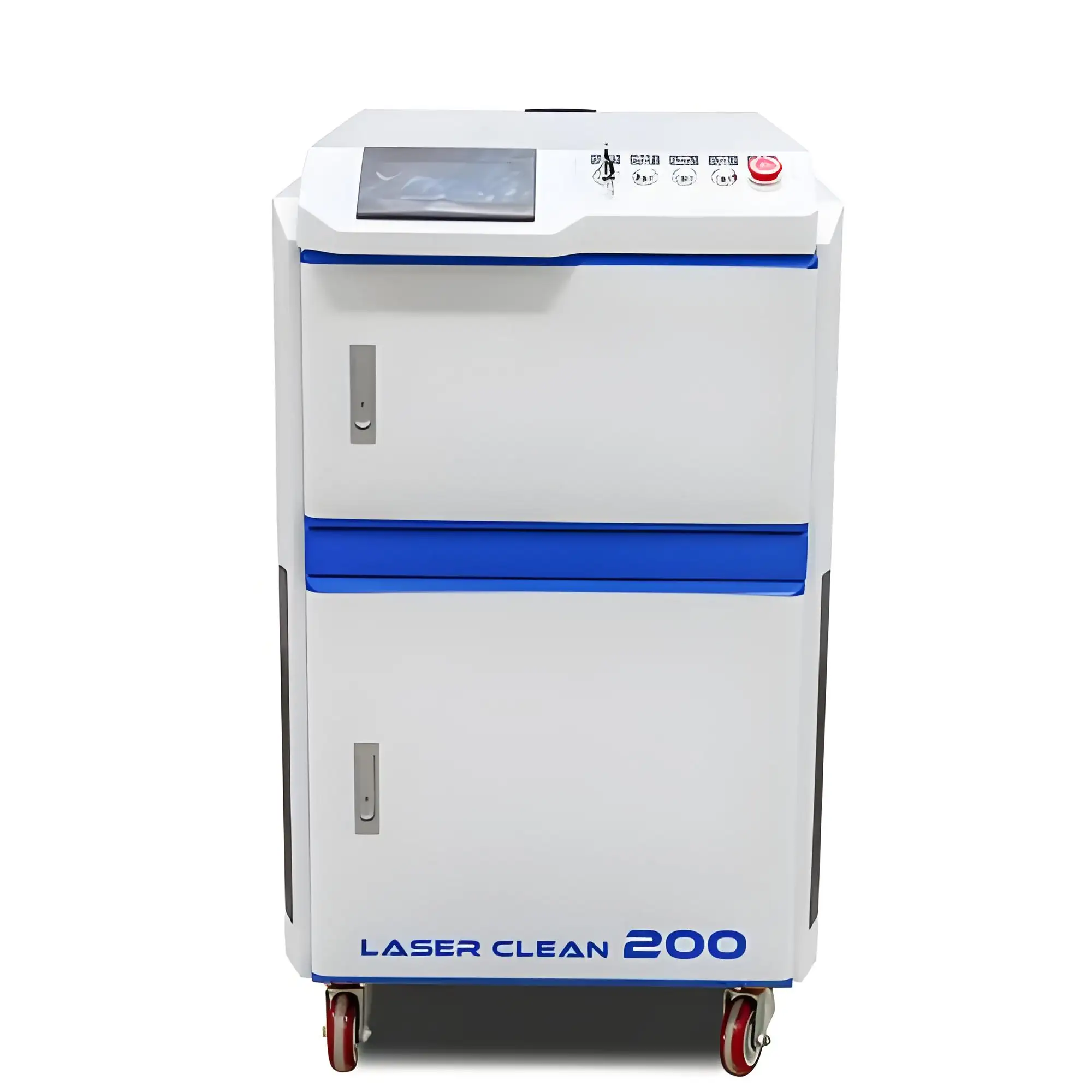
Factors Affecting Performance on Thick Rust
Several factors influence how well a laser rust removal machine performs on thick rust layers:
1. Laser Power
Higher power (e.g., 2000W) is critical for thick rust. Lower-power units (e.g., 100W) are better suited for thin surface rust and may struggle with heavy corrosion, requiring excessive passes.
2. Rust Composition
Flaky rust is easier to remove than pitted or compacted rust, which absorbs more laser energy. I’ve seen clients use pulsed lasers to break up dense rust before switching to wider beams for cleanup.
3. Surface Condition
Grease, paint, or debris on top of rust can reduce laser effectiveness. Pre-cleaning with a wire brush or degreaser can make a big difference, as I learned from a machinery refurbishment project.
4. Machine Settings
Adjusting pulse frequency, beam width, and scan speed is crucial. For thick rust, lower frequencies and wider beams often work best. I’ve spent hours tweaking settings for clients to find the sweet spot for their specific rust type.
5. Operator Expertise
Skilled operators can optimize settings and spot issues like beam scatter or incomplete removal. Training is essential, especially for complex surfaces like rusted welds.
Tips for Maximizing Effectiveness on Thick Rust
Based on my experience, here are practical steps to get the best results when using laser rust removal machines on thick rust layers:
1. Choose a High-Power Machine
Invest in a 1000W+ pulsed laser, like the Laserax Shotblast or P-Laser QF-2000, for thick rust. These machines deliver the energy needed for deep corrosion without damaging the substrate.
2. Pre-Clean the Surface
Remove loose rust, grease, or paint with a wire brush or degreaser before laser cleaning. This reduces the laser’s workload and speeds up the process.
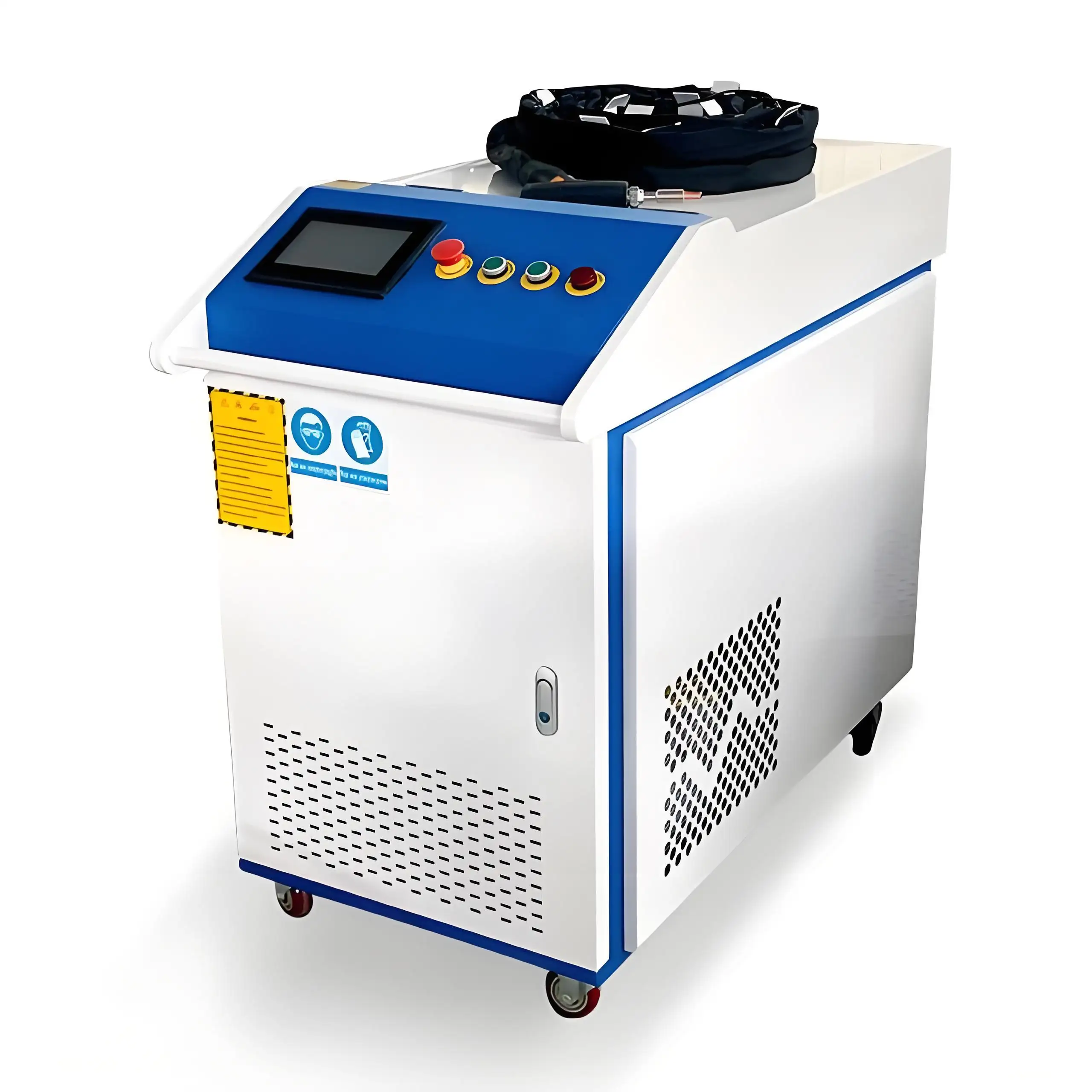
3. Optimize Settings
Work with your supplier to find the right pulse frequency, beam width, and scan speed for your rust type. For example, a low-frequency, wide-beam setting is effective for 1–2 mm rust.
4. Use Multiple Passes for Extreme Rust
For rust thicker than 2 mm, plan for multiple passes at lower power to avoid overheating the metal. A client cleaning heavy machinery used three passes with a 1500W laser to fully remove 3 mm rust.
5. Invest in Automation for Large Surfaces
For big projects, like cleaning bridge girders or train chassis, consider robotic or CNC-integrated lasers. These ensure consistent coverage and reduce operator fatigue.
6. Maintain the Machine
Regularly clean optics and filters to maintain laser efficiency. A preventive maintenance contract with your supplier can prevent performance drops during heavy use.
The Future of Laser Rust Removal for Thick Rust
As laser technology advances, I’m seeing improvements in high-power pulsed lasers and AI-driven systems that make thick rust removal faster and more efficient. Newer models, like those in development from IPG Photonics, use adaptive beam control to adjust power and focus in real-time, tackling varied rust thicknesses without manual tweaks. Battery-powered portable units are also emerging, which could make field work on thick rust more practical.
In my conversations with industry experts, there’s excitement about hybrid systems combining lasers with other cleaning methods (e.g., mechanical brushing) to handle extreme corrosion faster. These innovations could make lasers even more competitive with traditional methods.
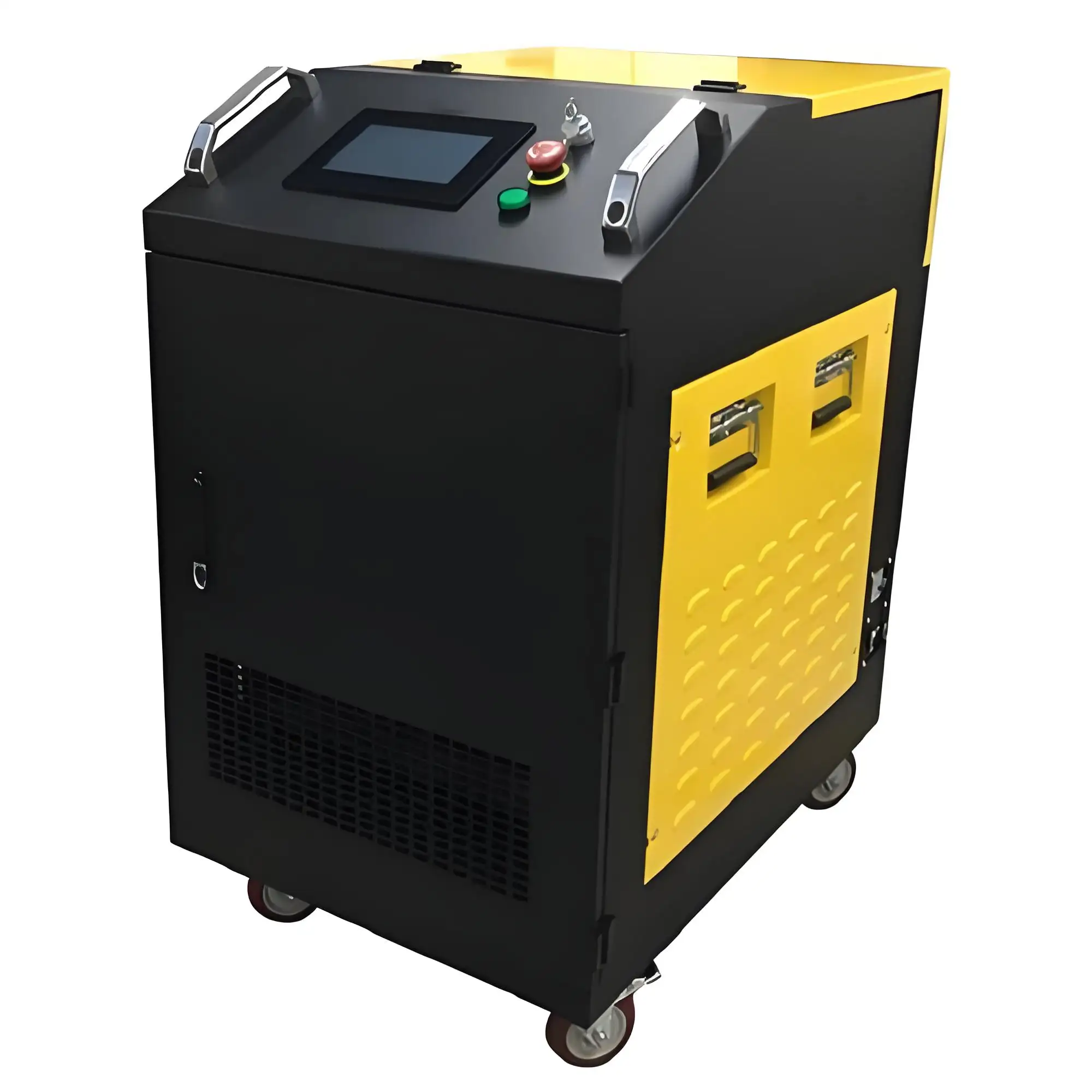
Final Thoughts
Laser rust removal machines are highly effective for thick rust layers, offering precision, eco-friendly operation, and versatility that traditional methods like sandblasting can’t match. They excel at removing 1–2 mm rust quickly and can handle thicker layers with multiple passes or high-power pulsed systems. However, challenges like high costs, surface preparation, and operator training require careful planning.
From my years in the industry, I’ve seen lasers transform maintenance for clients dealing with heavy corrosion, from shipyards to railway depots. By choosing the right machine, optimizing settings, and preparing surfaces properly, you can achieve outstanding results even on the toughest rust. If you’re considering laser rust removal for your operation, work with a reputable supplier and invest in training to unlock the full potential of this technology.
Related Questions and Answers
Q: Can laser rust removal machines handle rust thicker than 2 mm?
A: Yes, but multiple passes or high-power lasers (e.g., 2000W+) are needed. Pre-cleaning loose rust can improve efficiency for very thick layers.
Q: Are lasers faster than sandblasting for thick rust removal?
A: For 1–2 mm rust, lasers are often faster, cleaning 1–2 m²/hour. For thicker rust, sandblasting may be quicker but produces waste and can damage surfaces.
Q: Do I need special training to use lasers on thick rust?
A: Yes, operators need training on laser settings and safety protocols. Suppliers like P-Laser or CleanTech offer on-site or online training to optimize results.
Q: What’s the cost of a laser rust removal machine for thick rust?
A: 1000W+ machines suited for thick rust cost $30,000–$100,000. Leasing or financing can make them more accessible for smaller operations.






